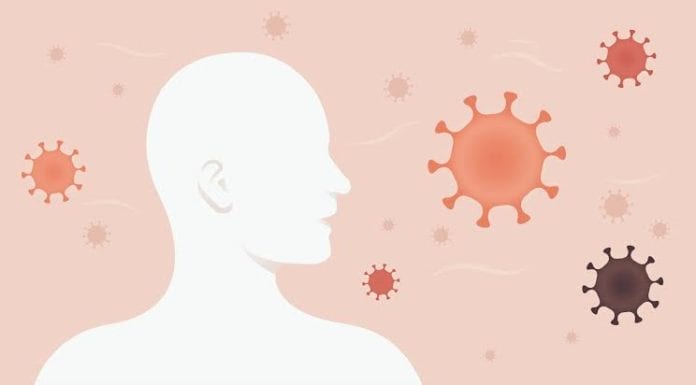The Coronavirus, now known as SARS-CoV-2, might be airborne. The recent researches of some scientists indicate that even tinier particles in the air can infect people. Initially, the airborne transmission route for the spread of COVID-19 has been noted by the researchers. The disease caused by the new coronavirus is highly contagious and prominent. The coronavirus outbreak has been proclaimed as a global pandemic by the World Health Organization (WHO) on March 11, 2020. It has infected about 11,343,890 people and caused at least 531,789 deaths worldwide as of now.
Around 239 scientists in 32 countries have written to the WHO, according to a report in the New York Times. They have urged the UN health agency to amend its suggestions. Nonetheless as per the reports, WHO stated that the indication for the virus being airborne was not assuring. WHO’s recent suggestion on COVID-19 is based on its testimony that the virus spreads through large droplets induced by a COVID-19 infected person. WHO claimed that the SARS-CoV-2 virus spreads mainly between people through respiratory droplets when an infected person sneezes or coughs. In its latest update, the agency has said that the airborne transmission of coronavirus was feasible only after medical treatments that produce aerosols, or droplets, tinier than 5 microns.
COVID-19 being an airborne disease is yet to be confirmed. Several questions have been raised regarding the routes of transmission for the SARS-CoV-2 virus. As argued by the experts, the existing evidence is crucial enough to warrant engineering controls targeting airborne transmission. It can be taken as a part of a comprehensive strategy to restrict the further spreading of infection risk especially indoors. However, doctors and scientists are uncovering about COVID-19, and information regarding this new virus is being revised consequently.
Table of Contents
DELHI’S COMMONWEALTH GAMES STADIUM CHANGED INTO COVID CARE CENTER
In a conversation with the Times Now Digital, Dr. SN Aravinda, Consultant, Internal Medicine, Aster RV Hospital, Bangalore, implies some measures that can help people to reduce the risk of spreading and contracting COVID-19, as well as airborne infections:
1. As the diseases are contagious, prevent large gatherings of people.
2. It must be mandatory to cover the face, as it may decrease the risk of getting in contact with an airborne microbe. It may also stop microbes present inside the body from diffusing hastily into the air.
3. People must practice social distancing and wear face masks at an individual level.
4. Rooms must be adequately ventilated, as it may be helpful to clear the air quickly.
5. People must not openly cough or sneeze. Rather, they should use a handkerchief or into the elbow to lessen the airborne transmission.
6. Moreover, avoid touching the face, eyes, or nose.













